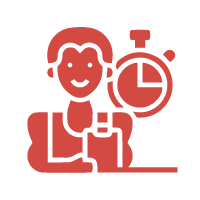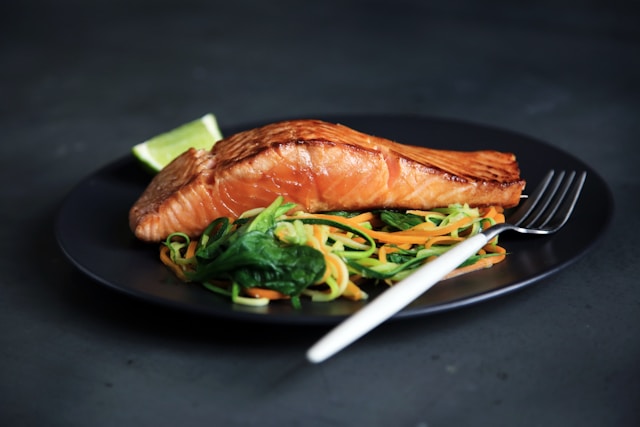 Is Food Addiction real? Here are some of the scientific findings confirming that food can, indeed, be addictive:
Is Food Addiction real? Here are some of the scientific findings confirming that food can, indeed, be addictive:
- Sugar stimulates the brain’s reward centers through the neurotransmitter dopamine exactly like other addictive drugs.
- Brain imagining (PET scans) shows that high-sugar and high-fat foods work just like heroin, opium, or morphine in the brain.
- Brain imaging (PET scans) shows that obese people and drug addicts have lower numbers of dopamine receptors, making them more likely to crave things that boost dopamine.
- Foods high in fat and sweets stimulate the release of the body’s own opioids (chemicals like morphine) in the brain.
- Drugs we use to block the brain’s receptors for heroin and morphine (naltrexone) also reduce the consumption and preference for sweet, high-fat foods in both normal weight and obese binge eaters.
- People (and rats) develop a tolerance to sugar—they need more and more of the substance to satisfy themselves—just like they do for drugs of abuse like alcohol or heroin.
- Obese individuals continue to eat large amounts of unhealthy foods despite severe social and personal negative consequences, just like addicts or alcoholics.
- Animals and humans experience “withdrawal” when suddenly cut off from sugar, just like addicts detoxifying from drugs.
- Just like drugs, after an initial period of “enjoyment” of the food the user no longer consumes them to get high, but to feel normal.
SOURCE AND REFERENCES – www.HouseCallwithDrHyman.com




























